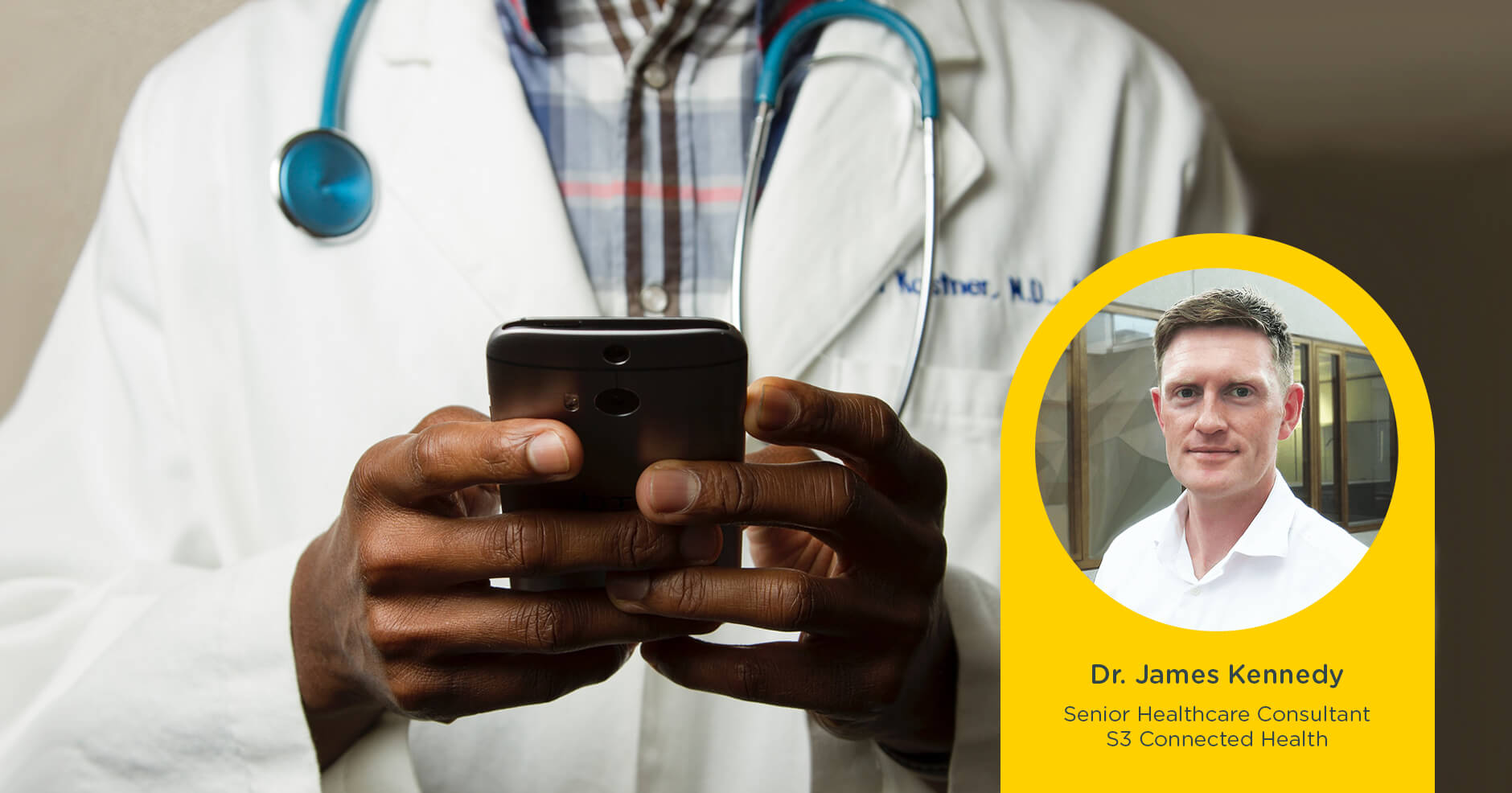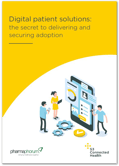The benefits of a well-executed, digitized health service are numerous: improving patient outcomes, reducing healthcare costs, and lightening the burden on doctors’ workloads so they have more time to spend with patients and deliver more personalized care.
But despite these clear benefits, the pharma industry still isn’t seeing the speed of uptake in new digital healthcare tools and services like we do in other industries. Why is this?
It’s an intricate problem but it stems in part from an inability to connect, persuade, and ultimately communicate the true value of digital health solutions to doctors.
Why we need to get the terminology right to secure adoption of digital health solutions
When developing digital health solutions, pharma organisations need to consider and engage with all pertinent stakeholders. This includes patients, healthcare professionals (HCPs), payors, and providers. However, the issue is, we underestimate how broad the term ‘HCP’ is. We group doctors into HCPs, but this is not something doctors would ever refer to themselves as.
Doctors work in many types of hospitals and community clinics, their roles vary greatly, and their needs as technology users differ depending on their specialty and daily practice. The term HCP also includes nurses and all other allied health professionals; each of whom will have their own unique requirements from a digital health solution.
A key challenge for pharma organisations is when they refer to HCPs at conferences and sometimes in digital health materials, it can be much harder to engage doctors as they don’t identify themselves with this term.
Also, despite doctors being key stakeholders and critical for adoption of any new digital health solution, often little more is understood beyond them being ‘time-poor’ and ‘change-averse’. It can feel like we’re speaking a totally different language.
The term digital health is unfamiliar, too. It’s a nebulous term many don’t learn about in medical school. Those who are familiar with digital health often think its limited to Electronic Health Records (EHRs), which haven’t garnered particularly favorable reviews in the past.
As a result it often feels like we’re fighting an uphill battle and we’re only making it worse by communicating ineffectively.
Addressing the digital health adoption problem
A doctor’s day is focused on seeing and looking after a near constant stream of patients, making clinical decisions, and carefully documenting every interaction. Outside of this, they also need to keep a busy, over-stretched, and often creaking health system in perpetual motion.
On the face of it, intelligent digital health solutions seem like the perfect way to improve patient care and healthcare delivery, while reducing the burden on the doctors themselves. But the reality is that completed solutions are often imposed on doctors, with an imperfect user experience as a result of not fully understanding their daily realities. In many cases they add an extra step rather than taking one away.
For example, even a simple - yet much needed - solution involving digitizing the recording of patient’s vital signs can fail to gain adoption if it requires more time to use than a traditional paper chart. In the past, as few as four clicks on a device has been enough to block widespread adoption of a solution.
Making the right changes to foster a more digital-ready healthcare environment
The good news is that there is change on the horizon and the healthcare industry is awakening to the potential of digital health solutions.
In November 2019, we saw one of the most significant digital health announcements of the year when the federal parliament in Germany passed the Digital Care Act (DVG). Doctors can now prescribe apps and other digital health solutions which can be reimbursed by German statutory health insurance.
The impact? Elevated awareness of digital health, and new conversations about how to make better use of technology to support patient care. It’s also worth noting, that for digital health products to secure reimbursement under the DVG, they must demonstrate clinical efficacy - a key factor in winning doctors’ confidence longer term!
Even though the DVG is still in its infancy, it’s certainly a watershed moment for healthcare and we hope other countries will soon follow suit. Yet more education is needed for busy healthcare professionals who are already working to stay on top of new clinical advances within their own specialties.
Building a more robust platform for continual transformation in healthcare
It’s encouraging to see that new courses are springing into action looking to educate the next generation on digital health and inspire health system transformation. For example, I’m in the middle of a Digital Health Transformation Msc., which is being run in conjunction with the Health Service Executive (HSE) in Ireland. A consortium of universities are delivering the content with the aim of sowing the seeds of change within the health system by starting projects which can be scaled and transform the way healthcare is delivered.
Courses like these are a promising development which could help raise awareness and increase adoption of digital health solutions in hospitals; at a minimum it should undo some of the damage done to the reputation of digital health by EHRs.
However, to create a solution that will gain adoption and widespread use among doctors, we need to go much deeper than just HCP. We must better understand how the end-user works and consult with them during the design and development process to address real unmet needs and bring a range of benefits.
Pharma organisations must also avoid overuse of the term HCP, as it could inhibit wider awareness of the benefits of digital health solutions among doctors and reduce adoption.
At S3 Connected Health, we engage with doctors and use techniques like combined behavioral analysis and journey mapping to create a core adoptable solution. The core adoptable solution addresses the unmet needs of key stakeholders and is designed to gain adoption. It can be brought to market quickly and used as the foundation on which future iterations can be scaled.
Focusing on UX and UI, we create digital health solutions and services which improve outcomes and increase clinical efficiency, helping bridge the divide between the perception of doctors’ needs and the reality.
What do you think?
It’s clear that there’s still a lot of work to be done to raise awareness of the core benefits of digital health solutions among doctors. But whose responsibility is it? Should it lie with pharma companies, with health systems, or should medical schools update their curriculum and introduce some new modules to start raising awareness at grass-roots level? Or maybe it should be a combined approach? Head on over to our Twitter or LinkedIn page and let me know what you think?
Dr. James Kennedy
Senior Healthcare Consultant
S3 Connected Health
For more information on securing adoption for your digital health initiatives, please download our recent whitepaper:
Digital Patient Solutions: the secret to delivering and securing adoption.



